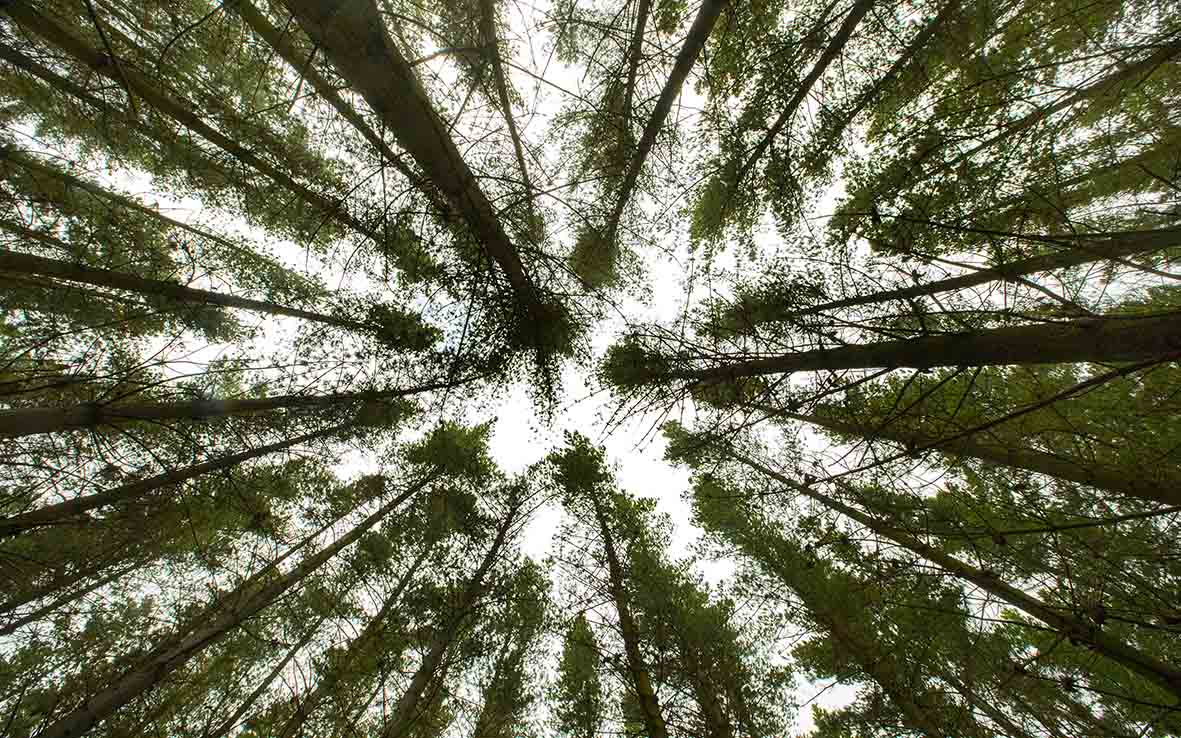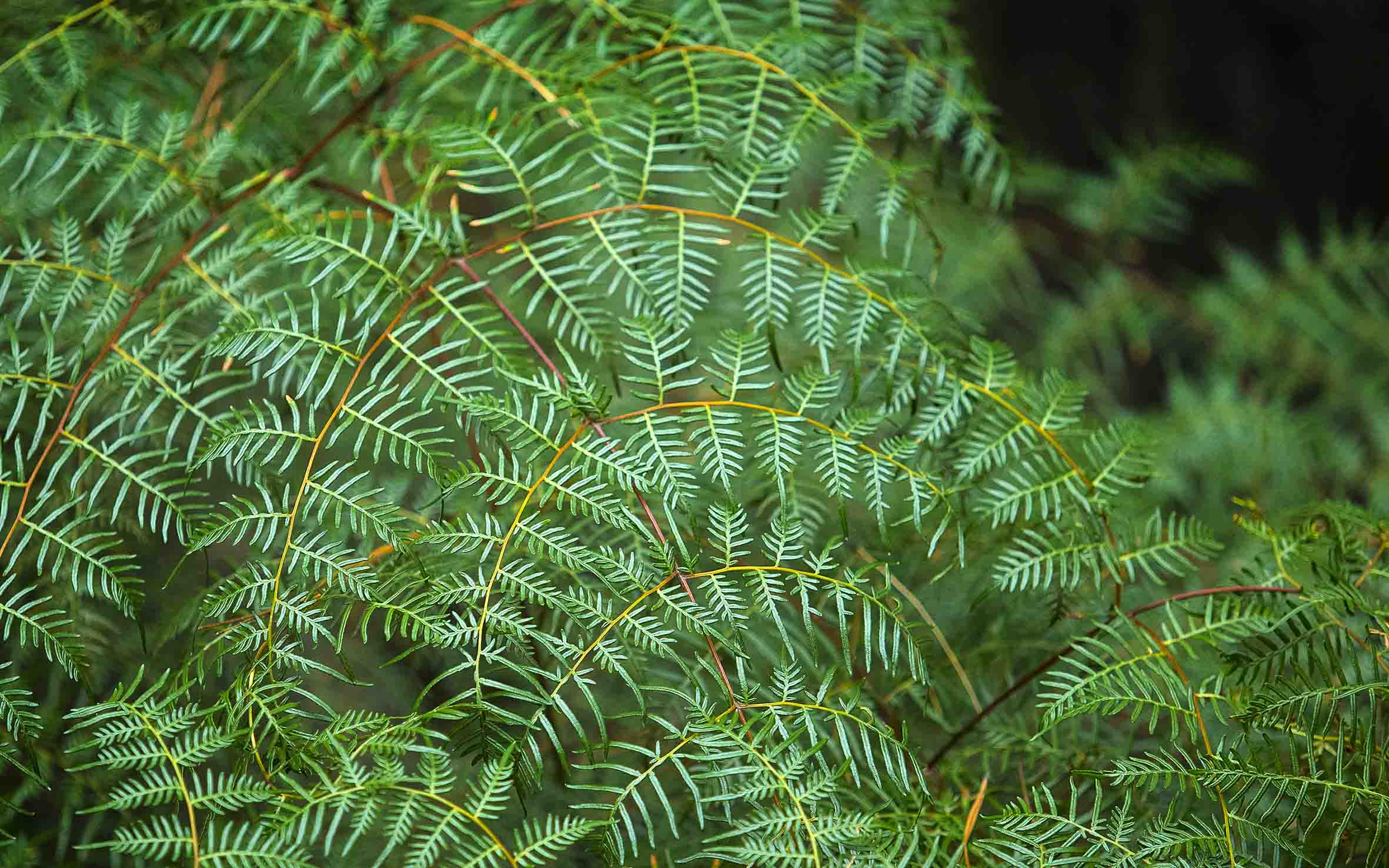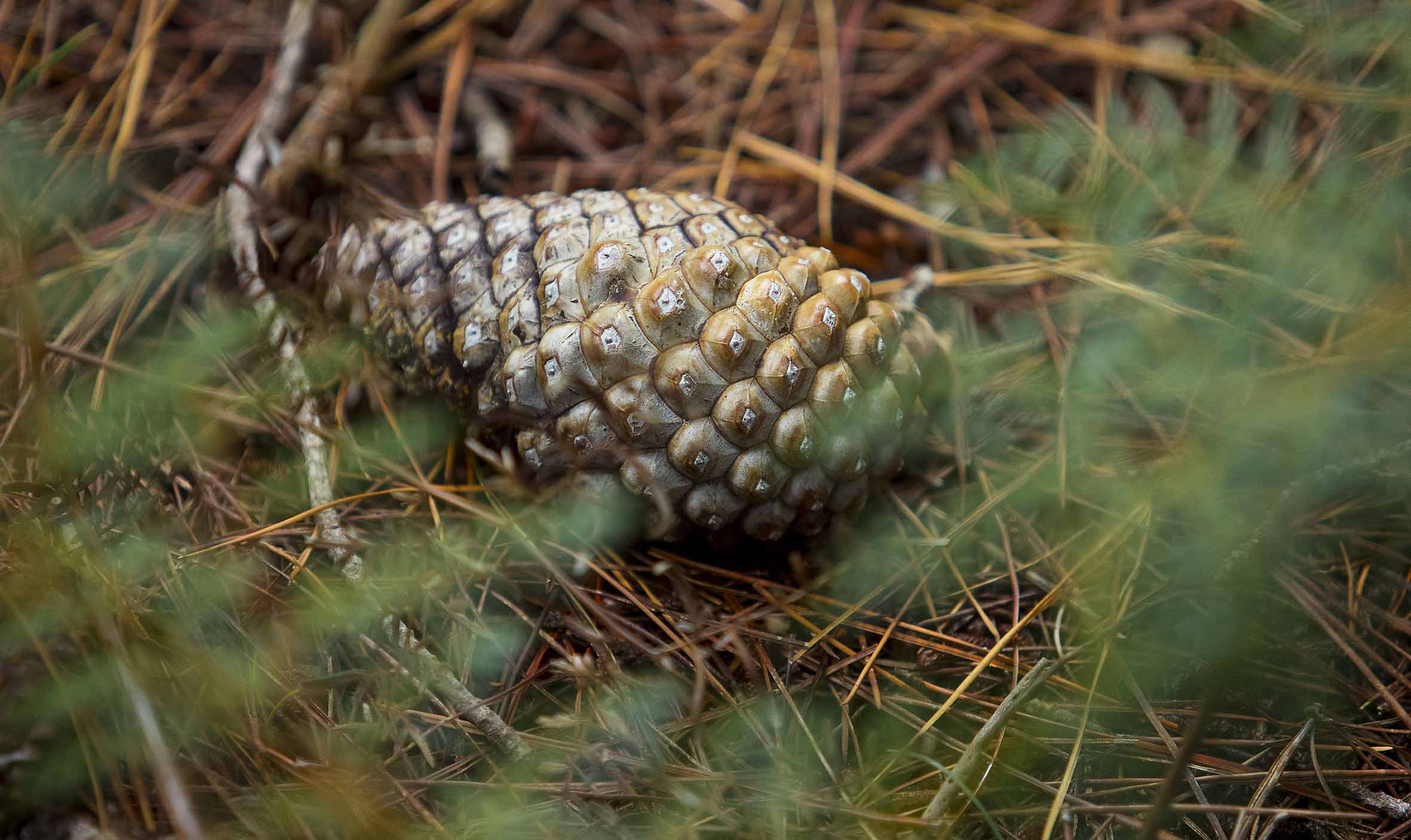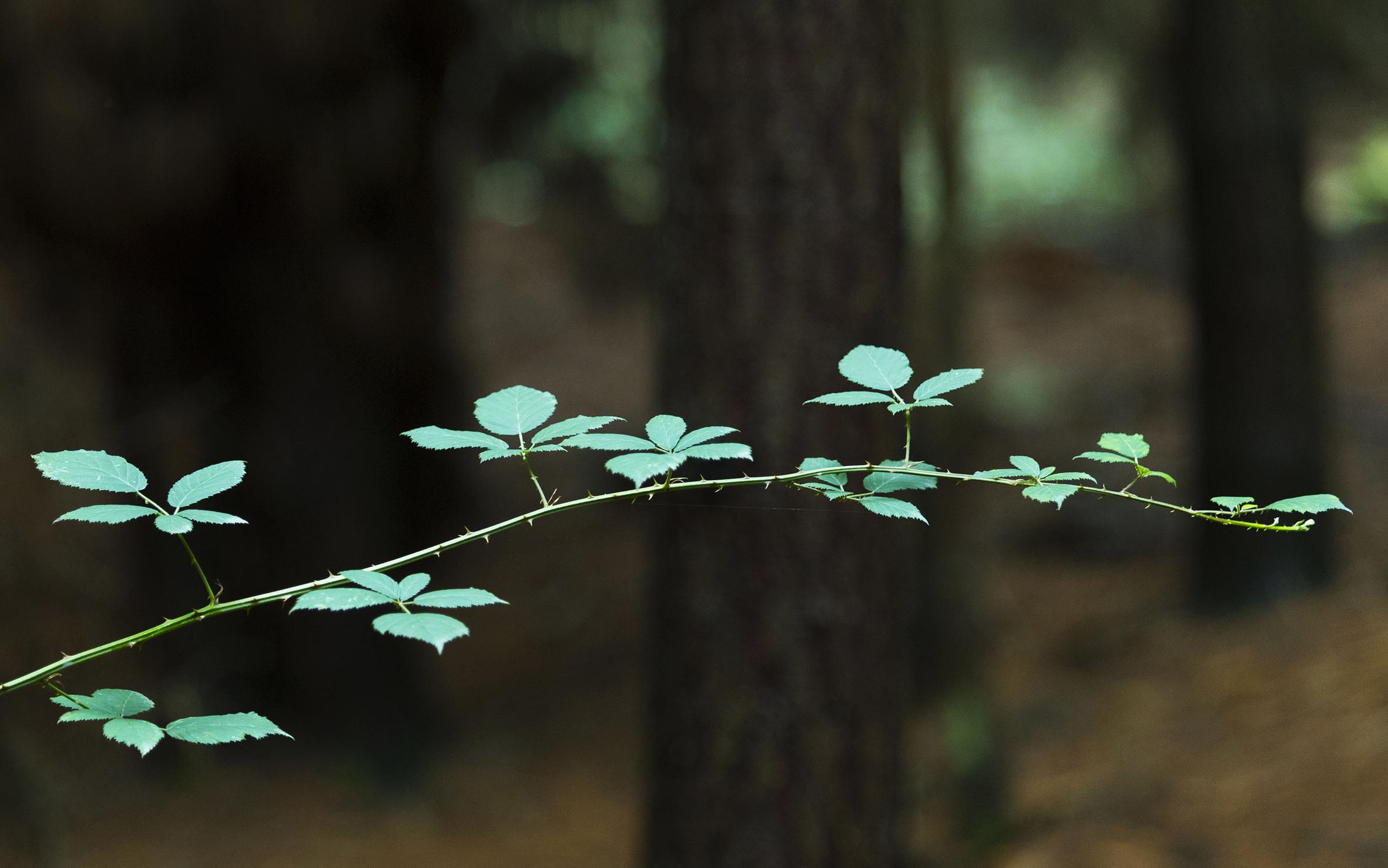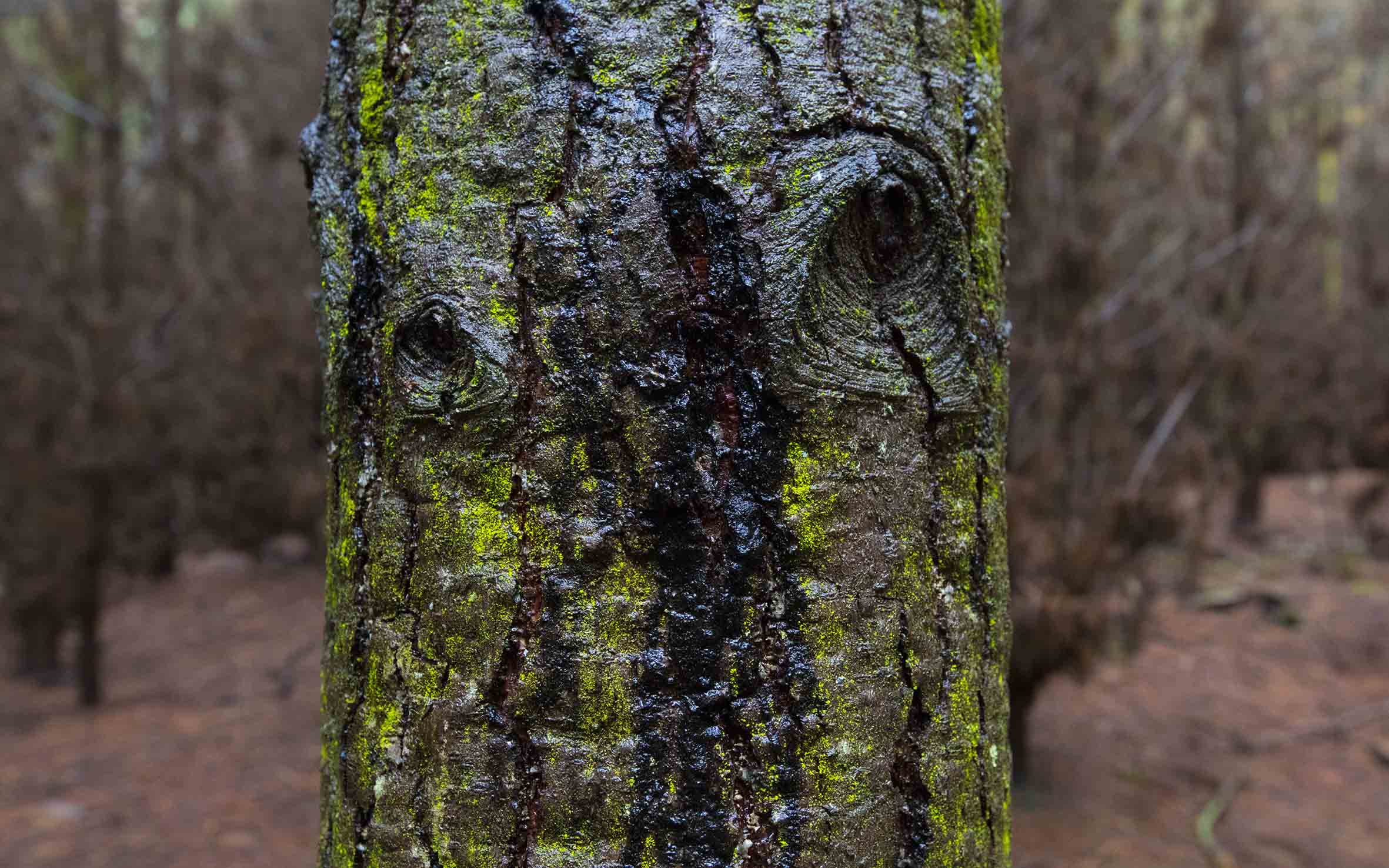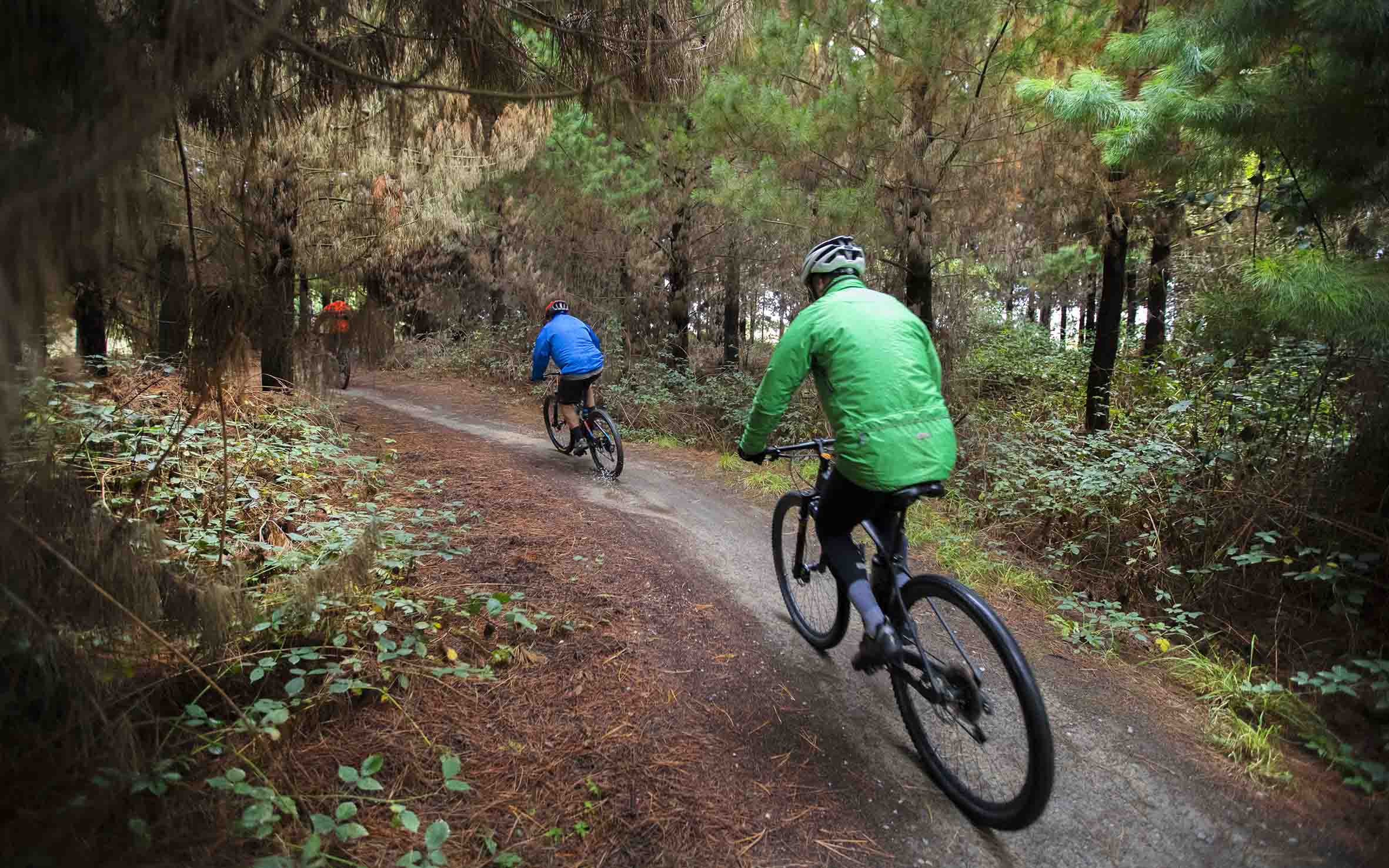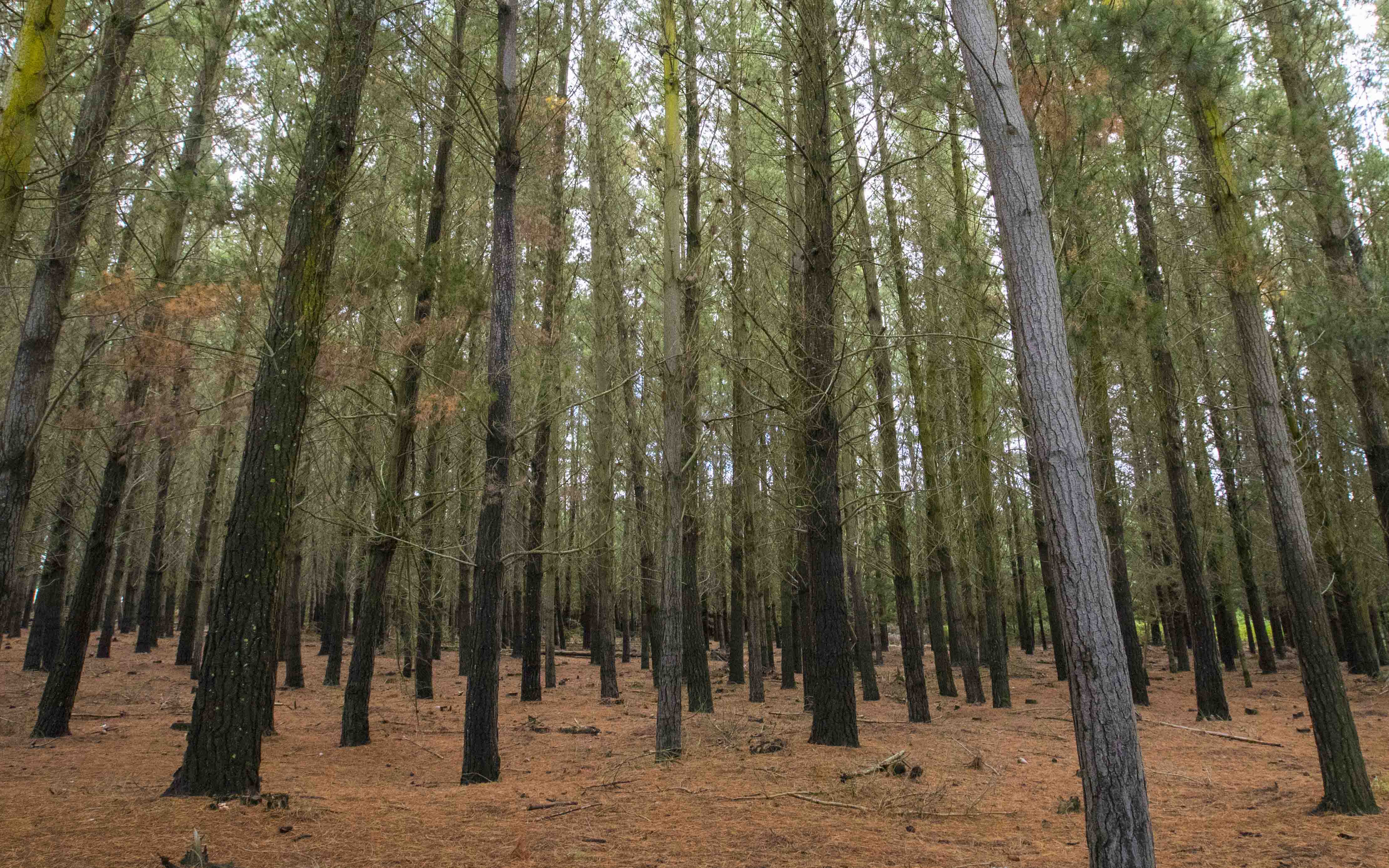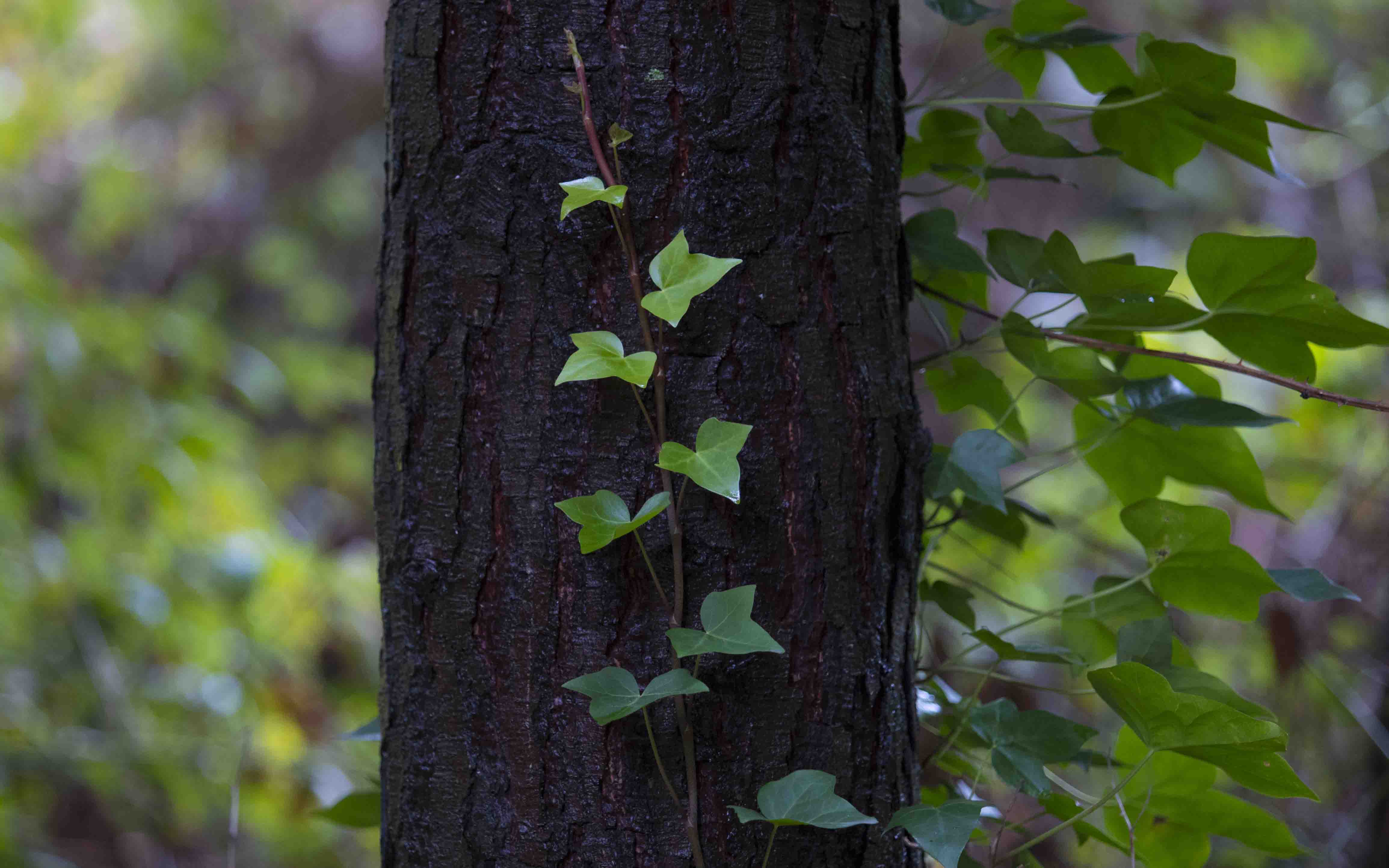
Celebrating Bottle Lake Forest

Share this story
Today is International Day of Forests and the perfect opportunity to explore a forest that’s right on our doorstep.
Bottle Lake Forest is 1000 hectares of pine plantation forest located about 10 km north-east of the city. This accessible recreation park is a great place for mountain biking or walking and with the Christchurch Adventure Park out of action following the recent Port Hills fire, now is a good time to try out the mostly flat trails at Bottle Lake.
The United Nations General Assembly established March 21 as the International Day of Forests in 2012.
The theme for 2017 is Forests and Energy. Deforestation accounts for 12 to 20 percent of the global greenhouse gas emissions that contribute to global warming, according to the UN.
The occasion celebrates the importance of all types of forest and countries are encouraged to organise awareness-raising activities such as tree planting campaigns. But getting out into a nearby forest and appreciating its leafy beauty is another way to mark the day.
The most popular starting point for Bottle Lake Forest is the main car park off Waitakiri Drive, off Burwood Road, via either Marshlands or Burwood. You can also reach the park on foot from Spencer Park and from North Shore along the Southern Pegasus Bay track. Metroinfo has up-to-date bus information.
You can reach a coastal and forest walk, mountain-bike tracks and horse-riding trails which are all shown on the Bottle Lake Forest Park map.
Motorised bikes and vehicles are not permitted in the park.
The two easiest tracks are the Family Loop ride, which is about 7km, and the Coastal ride to Spencer Park which is a 10 km round trip.
The visitor centre, located at the Waitikiri Drive entrance, has track maps, brochures and displays about the park's history and ecology.
Five tips for a fun outing to Bottle Lake:
• Don’t get lost: Bottle Lake is organised in a grid-like pattern of roads, which can be confusing. The north-south roads are named alphabetically Apple, Bravo, Charlie etc across to the beach. The east-west avenues are numbered sequentially, starting from 10th by Spencer Park to the 28th by Parklands. Most junctions are signposted.
• The Waitikiri Drive gates are open between 6am and 11pm year-round.
• Dogs under effective control are allowed in the park, please bring plastic bags so you can tidy up after them.
• There is no drinking water in the park, bring your own water bottle, sunscreen and snacks.
• Call 111 immediately if you see smoke or fire
Five things you probably didn't know about Bottle Lake Forest:
* The name came from a bottle shaped lake now part of the local golf course.
* The people of Ngāi Tahu (Kai Tahu) and their ancestors used the Waitikiri wetlands, within the vicinity of Bottle Lake Forest, as a special area for gathering Eels (Tuna) and other fish. Māori used many coastal native plants for medicines, building materials, baskets, weaving, footwear, and weapons. The wetlands around Bottle Lake Forest also provided a natural defence barrier against attacks from other tribes approaching from the coast.
* Bottle Lake Forest was originally purchased on behalf of the New Zealand Company for pastoral purposes and called "The Sandhills Run". In 1851 farming was attempted in the area, but was unsuccessful due to the sparse vegetation and sandy soils.
* Since 1867 Bottle Lake Forest has been used extensively as a military training ground. During World War II the Home Guard West Battalion used the forest as a defence post. Along the foreshore an intricate system of trenches, machine gun positions, command bunkers and firing ranges were established in readiness for a Japanese invasion.
* In 1940 the Council established a piggery in Bottle Lake Forest, in an effort to provide meat to the New Zealand Home Guard during World War II. The piggery, known as the Burwood Municipal Piggery, was successful with usually five hundred pigs in the pens at any one time.

